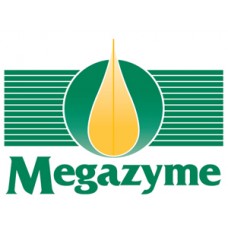Shopping Cart
0 item(s) - Price: EnquireK-ACETRM Megazyme ACETIC ACID (Rapid, Manual, Simple and End-Point AK / PTA Format) ASSAY PROCEDURE
This kit contains 72 assays.
Given its importance and ubiquitous occurrence in foods, beverages and other materials, acetic acid ranks amongst the most measured analytes. However, unlike some other common analytes, traditional enzymatic methods for this acid present significant limitations. For instance, manual acetyl-coenzyme A synthetase (ACS) based formats are typified by unstable reagents during use, slow reaction times, multiple cuvette additions / absorbance readings and complex calculations. While the advanced acetic acid kit (K-ACET) recently developed by Megazyme overcomes the key stability issue relating to the reconstitution of ACS for manual use, the overall format of the assay is still relatively inconvenient, requiring multiple cuvette additions and time-consuming data recording / processing.
Thus Megazyme developed the current kit (K-ACETRM) based on acetate kinase (AK) and phosphotransacetylase (PTA) specifically to overcome these limitations experienced by the analyst employing manual assay procedures. Unlike ACS based kits, this product is rapid (approx. 4 min), does not present reagent stability issues, is simple to perform, has extended linearity and gives a change in absorbance stoichiometric with the concentration of acetic acid (i.e. no complex equations are required and the raw absorbance data is processed like most other enzymatic kits). In common with other Megazyme acetic acid kits, K-ACETRM also benefits from > 2 years stability during use, as the key enzyme components are supplied as ready-to-use ammonium sulphate suspensions. Polyvinylpyrollidone (PVP) has also been incorporated into the assay system to prevent interference from particular tannins found in wines (especially red wines). As the pH (7.4) of the buffer system employed is significantly lower than in traditional ACS based kits (8.4), interference from spontaneous ester hydrolysis (causing creep reactions) is also minimised.


